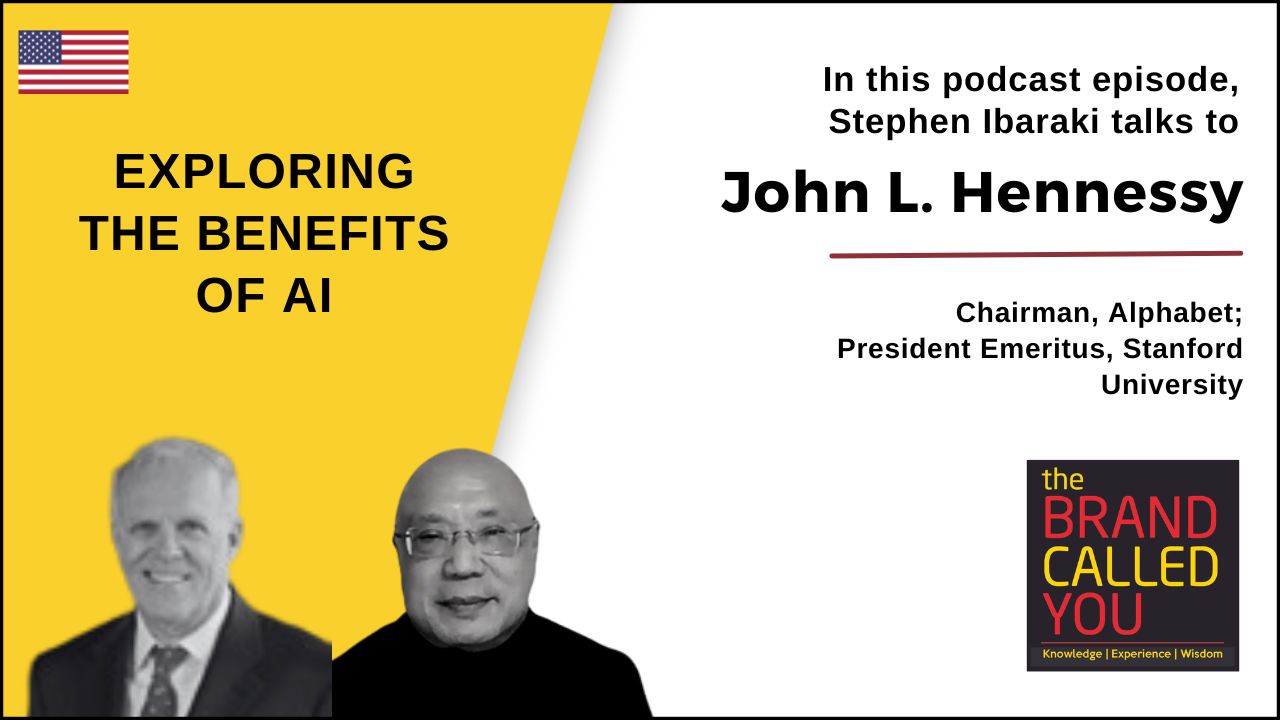John L. Hennessy | Chairman, Alphabet; President Emeritus, Stanford University
- John is the Chairman of Alphabet Inc.
- He served as the 10th President of Stanford University from 2000 to 2016.
Podcast
Overview
Large Language Models (LLMs) are transforming various fields, including science, education, and healthcare, by harnessing the power of natural language processing. These models excel in generating human-like text, answering complex queries, and assisting in decision-making. However, their development is not without challenges, such as the need for massive computational resources and the risk of biases in the data they are trained on. As we explore the potential of LLMs, it’s crucial to address these limitations to fully leverage their strengths. This balanced approach will ensure that LLMs continue to evolve as powerful tools in driving innovation and improving human experiences across different sectors.
[00:15] – About John L. Hennessy
- John is the Chairman of Alphabet Inc.
- He served as the 10th President of Stanford University from 2000 to 2016.
- He is the Co-founder of MIPS Computer Systems, known for developing the RISC (Reduced Instruction Set Computer) architecture.
- John has co-authored the influential textbook “Computer Architecture: A Quantitative Approach” with David A. Patterson.
- He is active in various philanthropic efforts, particularly in education and technology.
[01:50] – What are your views on the large language models?
- The large language models can be beneficial in education by providing effective tutoring systems.
- They can help address the challenges teachers face in dealing with classrooms where students are at different levels of accomplishment.
[14:50] – What are your views on the future of hardware technology and the challenges it may face?
- We may reach a point where hardware stops getting cheaper, which would force software developers to focus more on the efficiency of their code.
- If there is no breakthrough to replace silicon, it could lead to a significant challenge for both hardware and software development.
[31:57] – Why might hybrid systems be the future of computing?
- Hybrid systems, which combine various computing platforms, allow for a mix of cloud-based and on-premises solutions.
- This approach is advantageous because it leverages the strengths of different computing models, like exascale computing, which offers immense computational power.
- The evolution of these systems will likely be driven by market demand and the need for cost-effective, scalable solutions.
[38:17] – What is the future outlook for quantum computing in solving real-world problems?
- Quantum computing holds promise for solving specific types of problems, particularly those involving quantum systems.
- However, the challenges of stability, error correction, and scalability must be overcome.
- The future of quantum computing may involve hybrid systems where quantum processors are used alongside classical supercomputers for specific tasks.
RESOURCES:
Learn more about John L. Hennessy: Wikipedia
Enjoyed this podcast?
If you learned new insights about large language models, subscribe and share them with friends!
Love to give us 5 stars? ⭐⭐⭐⭐⭐ If you do, we’d love a review from you. Help us reach more people to keep them in the know as we talk to leaders, high achievers, and thought leaders from diverse backgrounds and nationalities. Excellence can come from anywhere; stay in the know, and hear from emergent high achievers and gurus.
Stay updated with what’s shaping the world today through the latest The Brand Called You Podcast episode. Follow us on iTunes, Spotify, and Anchor.fm.
You can find us at:
Website: www.tbcy.in
Instagram: http://bit.ly/3HO7N06
Facebook:http://bit.ly/3YzJOaD
Twitter: http://bit.ly/3wMBOXK
LinkedIn: https://www.linkedin.com/company/tbcy/
YouTube: http://bit.ly/3jmBqfq
Chingari: https://chingari.io/tbcypodcast
Josh: http://bit.ly/3WWP0nB
Thanks for listening!
Profile
- John is the Chairman of Alphabet Inc.
- He served as the 10th President of Stanford University from 2000 to 2016.
- He is the Co-founder of MIPS Computer Systems, known for developing the RISC (Reduced Instruction Set Computer) architecture.
- John has co-authored the influential textbook “Computer Architecture: A Quantitative Approach” with David A. Patterson.
- He is active in various philanthropic efforts, particularly in education and technology.


